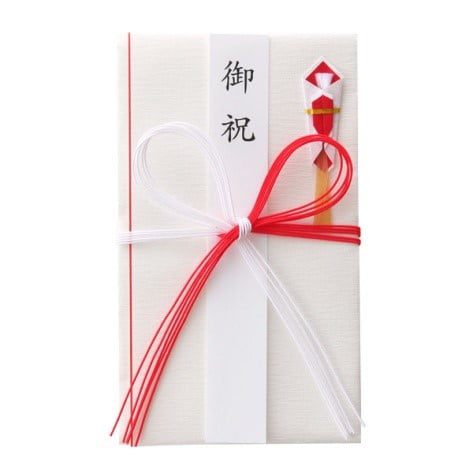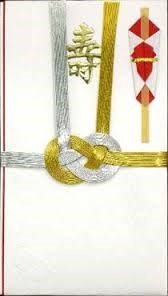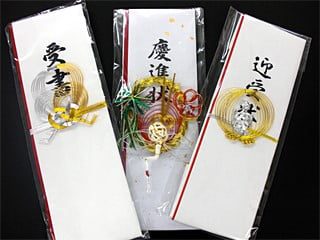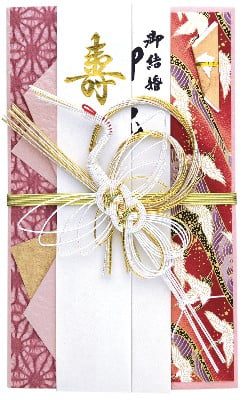As Japanese culture becomes increasingly well known throughout the world, fewer people are surprised to learn that something thought merely to be a common practice is a separate art among the Japanese. While in principle anything can be turned into an art and given artistic value, there are very few places that actually do this.
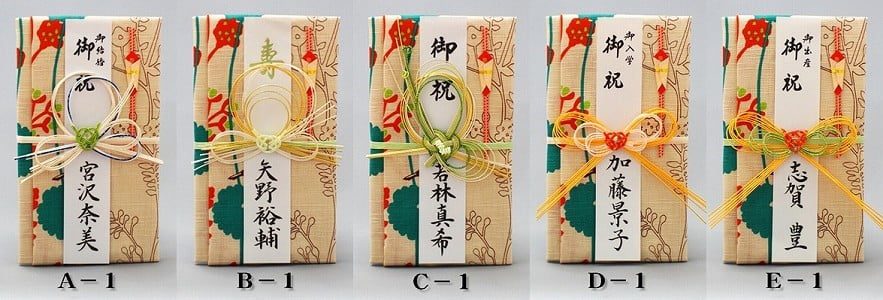
Let’s take a look at knot tying. Obviously, tying a knot is not specific to Japan. Tying knots is an organic feature of our lives in general. And, of course, there are quite a number of points in our culture and in folk cultures in general where there are ribbons and cords, and the shaping of cords into knots. The most common examples are the knots used for fishing lines, sailboats, and mountain climbing, each of which has its own complex knotting techniques. A look at the arts leads us to folk art, where silk ribbons in the hair are an integral part of a costume. I was only 4 years old when I learned that there was a special way of tying the red or other colored ribbons in my hair when doing folk dances. And that is true to the nth degree when tying a ribbon on a bouquet of flowers or on a package containing a gift.
Image 2. (left) musubi knot, (right) awabi musubi
In Japan there are a number of ways to design a package artistically. Packaging items in rice paper and decorating the package with silk, canvas, or some other textile is an art of its own, so it should be no surprise that tying items with cord or ribbon is a distinct art form.
Mizuhiki is the art of tying cords. The cords come in a variety of colors and take on a multitude of shapes, each of which has a different meaning. General rules define the colors and shapes to use for different occasions, but beyond that, the variations in these works of art are limited only by the imagination of the designer.
The most common use of Mizuhiki knots is on envelopes. Gifts of money continue to be very popular in Japan. Money is given to even the smallest children on all special occasions, including birthdays, New Year’s Day, starting school, and finishing school. Money is also given later in life, when, for instance, a child officially becomes an adult, when a baby is born, as a wedding gift, as a funeral condolence gift, and even as a gift to mark the start of a new job. The way the money is given is, naturally, bound by strict rules which dictate the size and color of the envelope and even the color and knot form of the mizuhiki.
Here are a few examples.
The mizuhiki on a wedding gift is gold and silver, red and white, or gold and red, while on a funeral condolence gift it is black and white, silver and white, white, silver, or yellow and white.
The most common forms of knotting are the cho musubi (butterfly), the awabi musubi (abalone) and the musubi kiri (the “untieable” knot). A cho musubi will fall apart when the ends of the cords are pulled, and can be easily re-tied. This knot is used when the gift is given to mark a joyous event, the repetition of which is desirable. A musubi kiri is used on occasions when repetition is not desirable, such as a wedding or a funeral compensation gift. The awabi musubi is a type of musubi kiri and is often used to mark a wedding anniversary or the anniversary of a death.
In addition to the above, the cords can be tied to represent a heron, a turtle, a frog, a fish, or a dragon, and in addition to appearing on envelopes or gift boxes, they often can be seen as decorative features on the facades of buildings or in anterooms.
When in Japan, it is worth keeping your eyes open and picking up these tiny symbols. In addition, it is best to be circumspect when giving a gift.
Image 3-4. show decorative knots
Source:
http://www.sumitomolife.co.jp/busi/b2.html
Images:
http://www.kamisho-seki.com/pc/contents18.html
